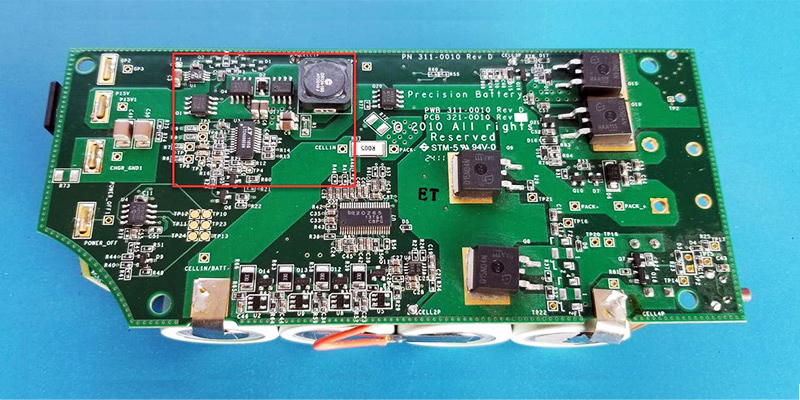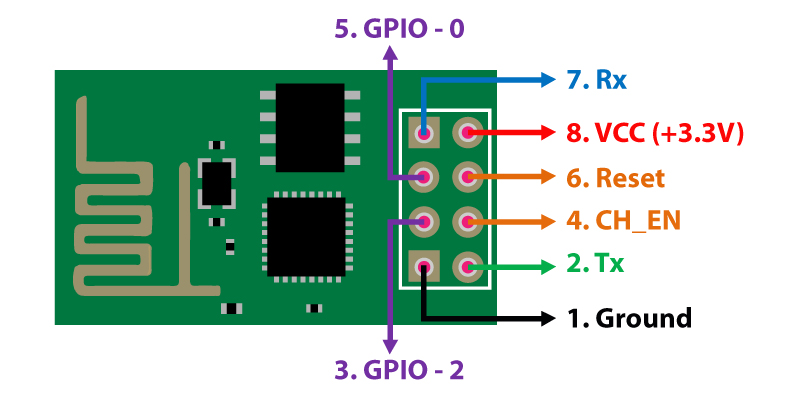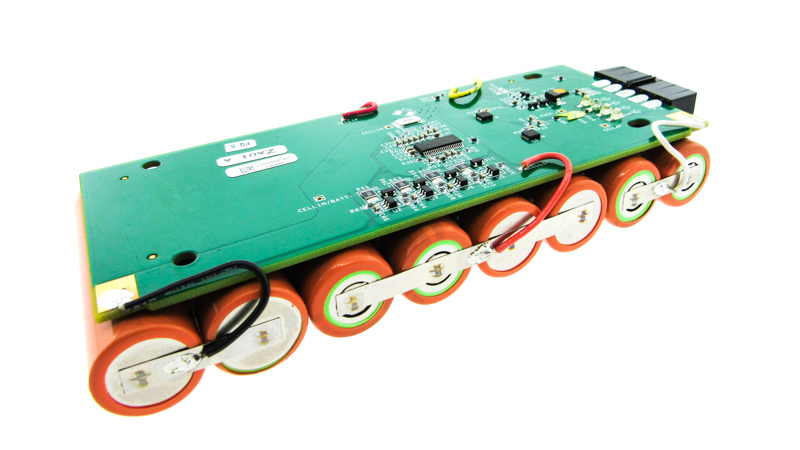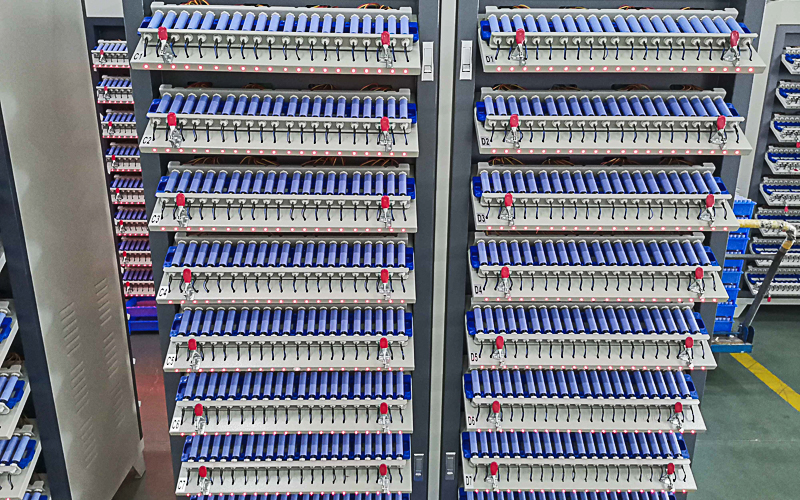When talking about custom battery packs for portable devices, the most common type mentioned has been lithium-based chemistries. Lithium-based batteries provide high-energy density and a light weight for applications, making them suitable for portable electronics that require long battery life to perform high-speed functions.
Anton Beck

Recent Posts
It is common to explore different power supply options when designing your applications. However, one that often gets neglected is the differences between the types of battery cells in your portable applications. There are a lot of similarities between battery cells, but also very many differences that make certain cells more efficient than others when it comes to application.
Battery power requirements involve many factors. Beyond having enough power to run the application, customers also take into consideration battery capacity, charging/discharging rates, and environmental conditions that could impact the battery's functions. Before the battery packs development starts, there are other aspects about the power requirements that need to be evaluated. These aspects may impact the size of the battery, if there are any logistical restrictions that come into play and what types of certifications are required.
Applications with high-power needs and complex systems may use lithium batteries to operate. Lithium batteries can pack a high-energy density into smaller pack sizes, making them lightweight and small enough to be used in common everyday products such as cell phones, laptops, tablets, and hoverboards. However, the battery's chemistry can create safety hazards when not being constantly monitored.
Customers requiring batteries for their products or applications have become savvier when it comes to the developmental phase of the battery packs. They understand that by having researched power requirements, dimensions of the pack compartment, battery chemistries, and cabling specifications, the customer can develop more comprehensive design documents. Then, the battery pack manufacturer can use these specifications to get started on the development and tooling stage immediately.
When designing a custom battery pack, a topic that will come up between the manufacturer and the customer deals with the fuel gauge. The battery fuel gauge can be found in a range of everyday devices that we use, such as cell phones and computers. The function of the fuel gauge is to inform the customer on how much state of charge (SoC) and state of health (SoH) is left in the battery. The fuel gauge can predict the remaining capacity by measuring the voltage, battery temperature, and current.
When deciding on the types of power to supply equipment requiring high performance, rechargeable batteries are often chosen for several reasons. With rechargeable batteries, users can obtain longer device performance and consistent power. In addition, rechargeable batteries are ideal for devices that are lightweight, such as mobile applications. These devices may have a battery pack that can be taken from off the device, such as the ones on power tools, and placed into a charger that connects to a wall outlet.
Many applications do not run as standalone systems. Instead, there will be multiple subsystems involved that can perform a variety of functions for the work output or to monitor internal systems to ensure optimal and safe performance. These systems need additional logic support to keep systems running or to improve system performance. However, there will be times when the application itself does not have these logic functions originally installed. So, another system must be added into the application to provide these functions.
Customers who have products or applications using lithium-based batteries understand the risks involved in keeping the battery packs safe during manufacturing processes, when transporting them to specified locations and when they are in use.
Supplying custom battery packs to companies in aerospace, medical, military, oceanography, and other industries requires the skills and technical expertise provided by quality manufacturers such as Epec. Yet, the design and build of the battery pack is often only part of the customer's order.


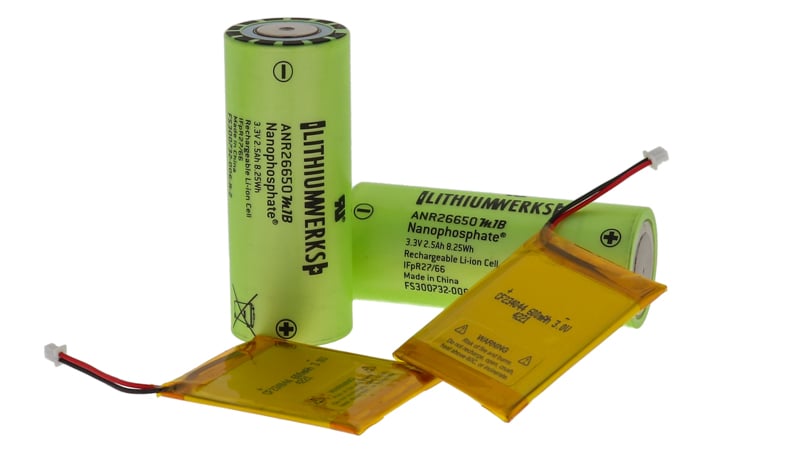
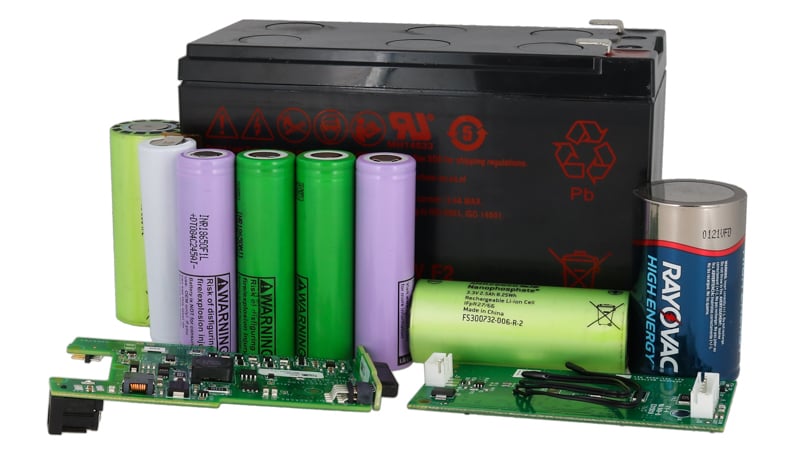
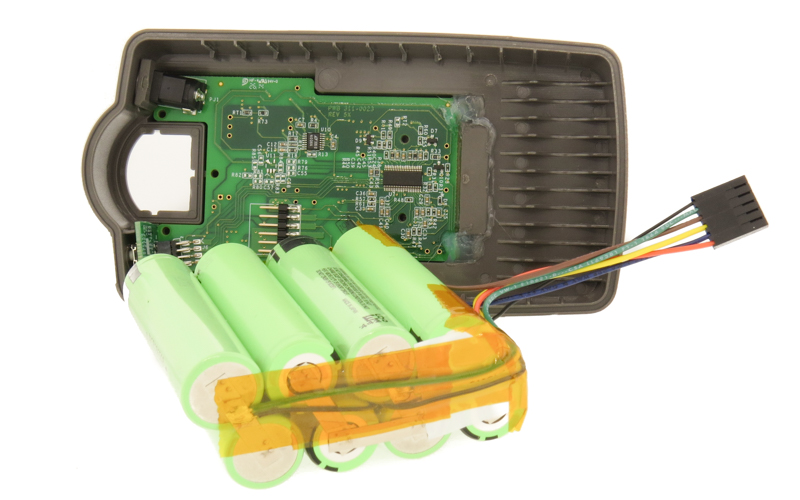

.png)
.jpg)
